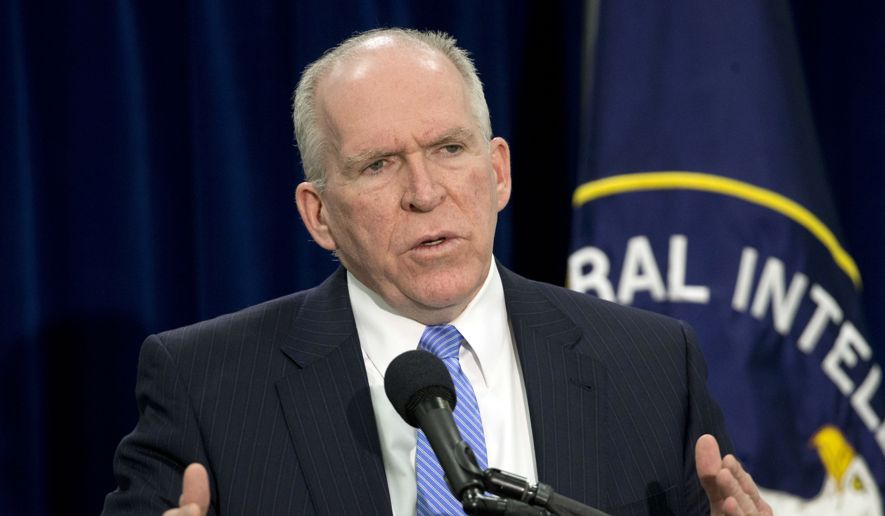Brennan warned that the group already is preparing more attacks, including by infiltrating refugees into western nations.
“We judge that ISIL is training and attempting to deploy operatives for further attacks,” he said. “ISIL has a large cadre of Western fighters who could potentially serve as operatives for attacks in the West. And the group is probably exploring a variety of means for infiltrating operatives into the West, including refugee flows, smuggling routes, and legitimate methods of travel.”
The CIA director, appearing just days after the massacre in Orlando that left 49 people dead, told the Senate Intelligence Committee that lone wolf attackers who are inspired by but not under the direct control of terror groups represent “an exceptionally challenging issue for the intelligence community.”
He confirmed that the Orlando shooter, Omar Mateen, had “no direct links” to ISIS but was inspired by the organization.
“We have not been able to uncover any direct link between that individual, Mateen, and a foreign terrorist organization. But that inspiration can lead someone to embark on this path of destruction,” Brennan said.
After telling the committee that Twitter, Telegram and Tumbler were ISIS’ preferred social media propaganda platforms, Brennan stressed the need for technology and communication companies to better collaborate with law enforcement, saying that encryption was allowing terrorist groups and their sympathizers to communicate clandestinely.
“They’re taking advantage of the liberties that we’ve fought so hard to defend,” he said.
The CIA director noted that ISIS has lost “large stretches” of territory in Iraq and Syria, has experienced a reduction of finances, and has struggled to replenish its ranks as fewer foreign fighters have been traveling to those countries.
But, he added, ISIS still has about 18,000-22,000 fighters in Iraq and Syria.
“We need to take away their safe haven,” he said noting that these areas provide ISIS with the ability to train its operatives and generate revenue.
Beyond the territory ISIS holds in Iraq and Syria, Brennan says the group’s growing presence in Libya presents another significant challenge.
“The branch in Libya is probably the most developed and the most dangerous,” Brennan said, echoing concerns by other security officials that Libya’s close proximity to Europe is a problem.
“We assess that it is trying to increase its influence in Africa and to plot attacks in the region and in Europe.”
Brennan said the “number of ISIS fighters far exceed what al Qaeda had at its height,” telling the committee that ISIS has between 5,000-8,000 fighters in Libya, in addition to 7,000 in Nigeria, and hundreds more in Egypt, Afghanistan, and Pakistan.















